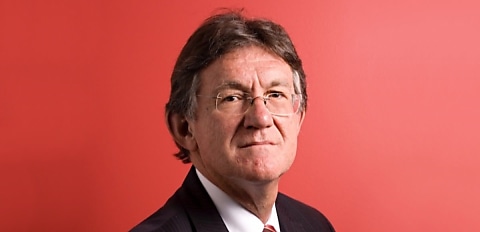The market share of foreign buyers in Australia has dropped from the six and a half year high during the December quarter of 2023 to 10 per cent (down from 11 per cent) in the March quarter, NAB’s Quarterly Residential Property Survey.
However, this figure still remains above the survey’s long-term average of 9.1 per cent and represents a “near fivefold” increase in market share from the COVID-19 low of just over 2 per cent (mid-2021).
In new housing markets, the decline in foreign buyer market share during the quarter was driven by drops across NSSW (down to 12 per cent from 15 per cent) and Western Australia (down to 11 per cent from 14.2 per cent).
The market share of foreign buyers increased in Queensland (7.6 per cent from 6.3 per cent) and held firm in Victoria at 10 per cent and remains above the survey average in all observed states, according to the survey.
For established housing markets, foreign buyers continued to trend lower than the survey average of 4.7 per cent following a decline to 3.8 per cent from 4 per cent in the March quarter.
Market share in this category fell in all states except for NSW, which rose to 4.5 per cent from 4.2 per cent.
Western Australia led the declines with a fall of 1.1 per cent from 3.3 per cent to 2.2 per cent, followed by Victoria (down to 3.8 per cent from 4.3 per cent) and Queensland with a small decrease of 0.1 per cent (4 per cent from 4.1 per cent).
All states for this category continued to print lower than the long-term average, the survey found.
Dwelling prices to continue rising
Furthermore, NAB group chief economist and report author Alan Oster stated that aggregate dwelling price indices are expected to rise by around 5 per cent in 2024.
“Though rates are likely to remain on hold at decade highs until later in the year and we expect wage growth to slow as the unemployment rate edges higher, the imbalance between supply and demand is unlikely to see a major correction in the near-term,” Oster said.
“That said, affordability constraints will increasingly bind as prices reach higher levels, slowing growth.”
This sentiment was echoed by AMP’s chief economist Shane Oliver, who also expects a further 5 per cent rise in house prices following an 8.8 per cent gain last year.
[RELATED: Housing supply likely to worsen before it improves: Economist]

